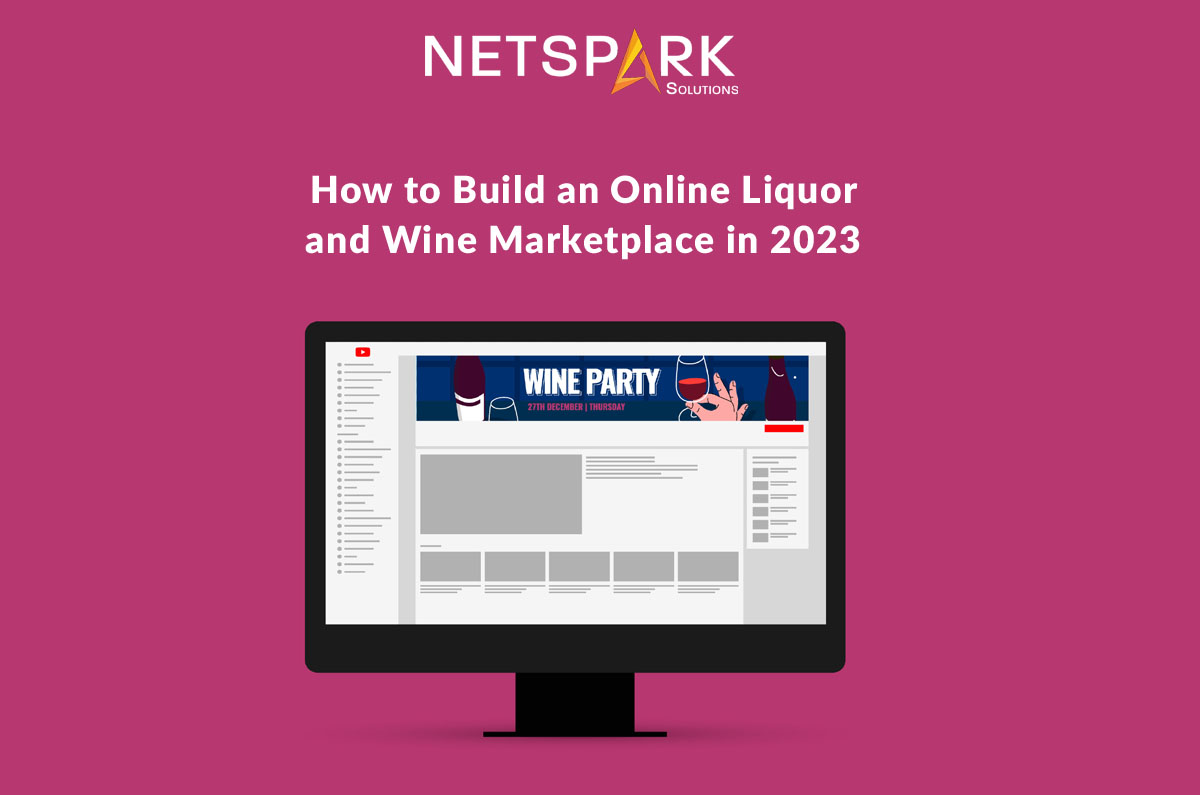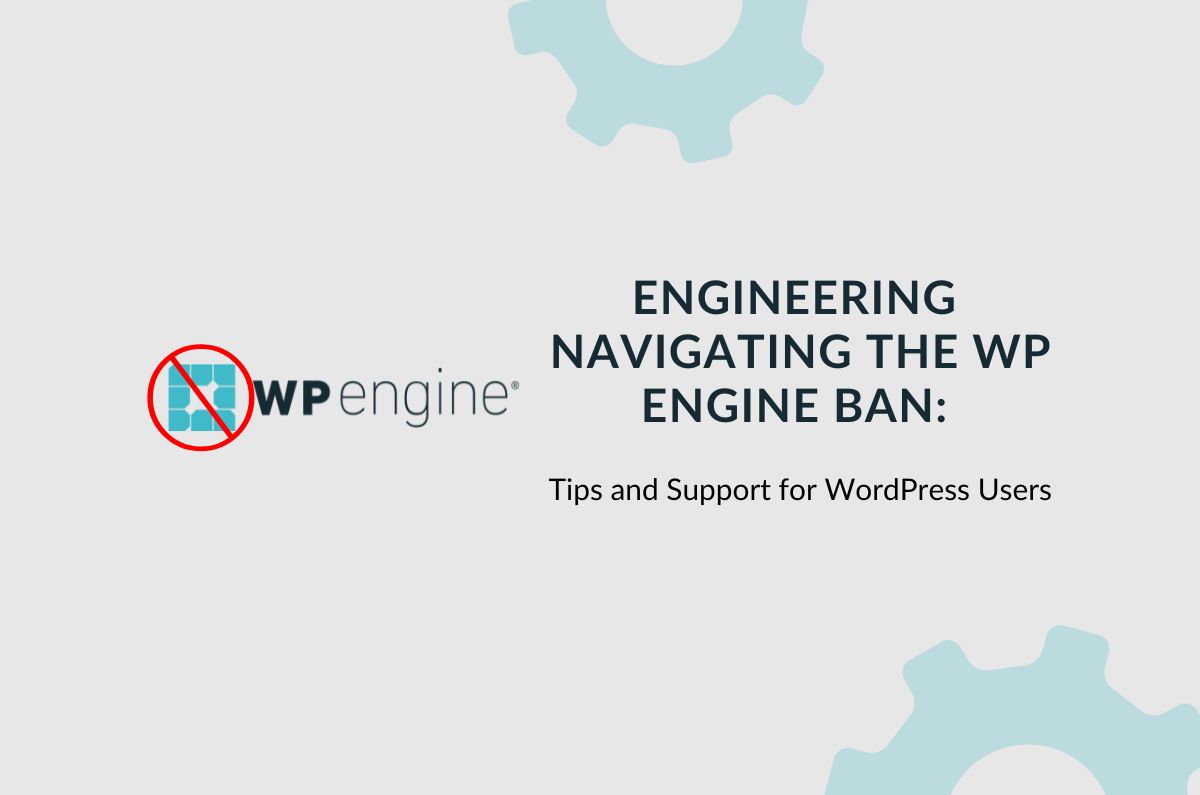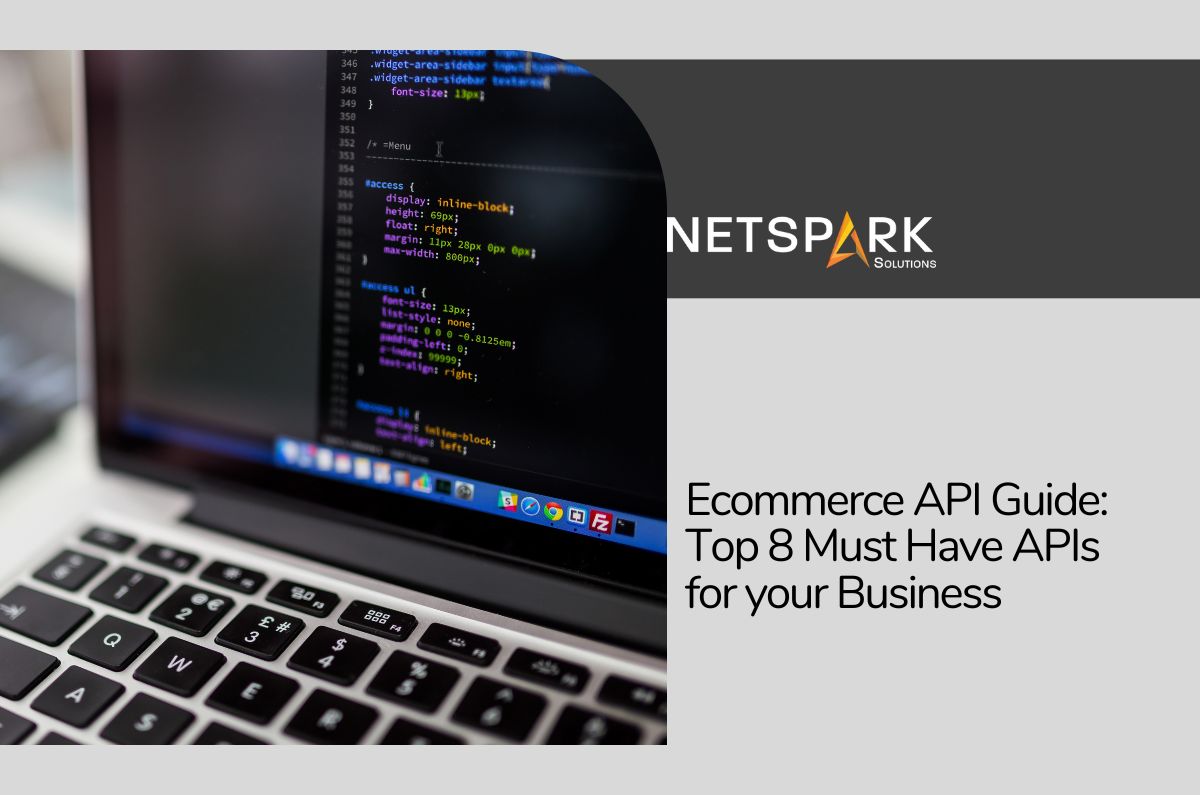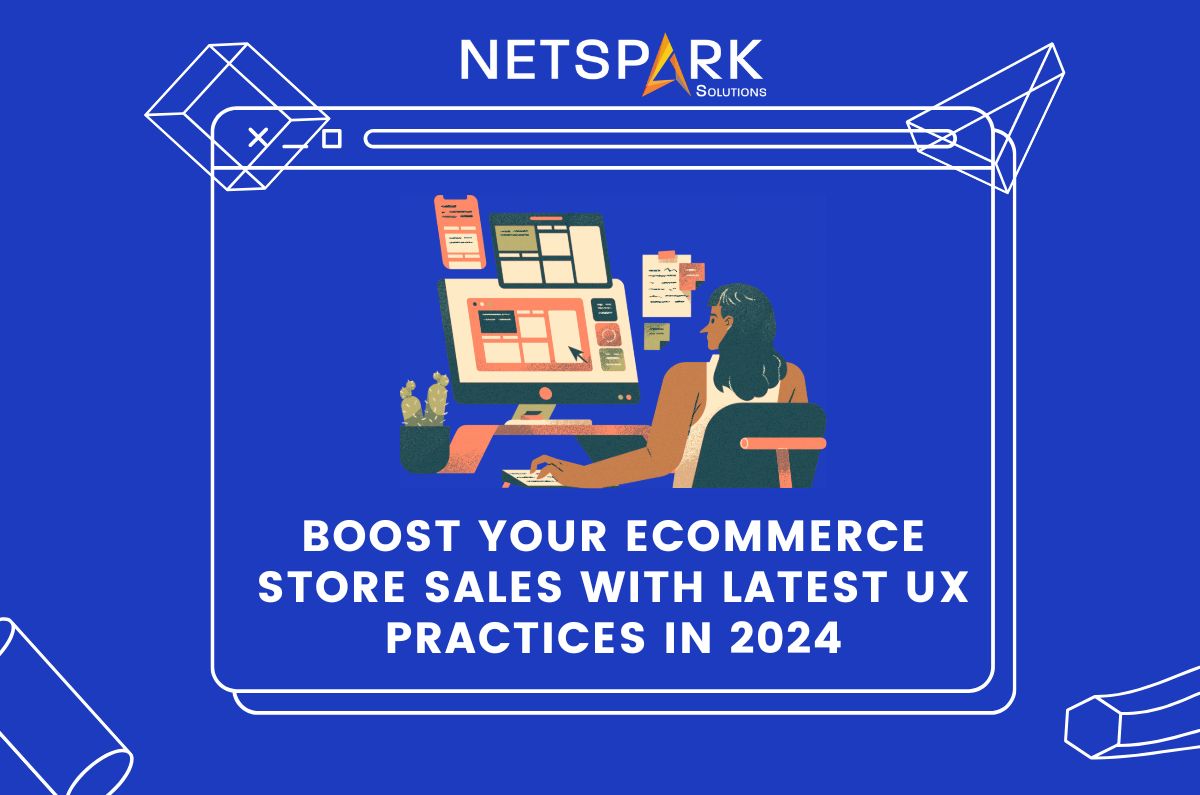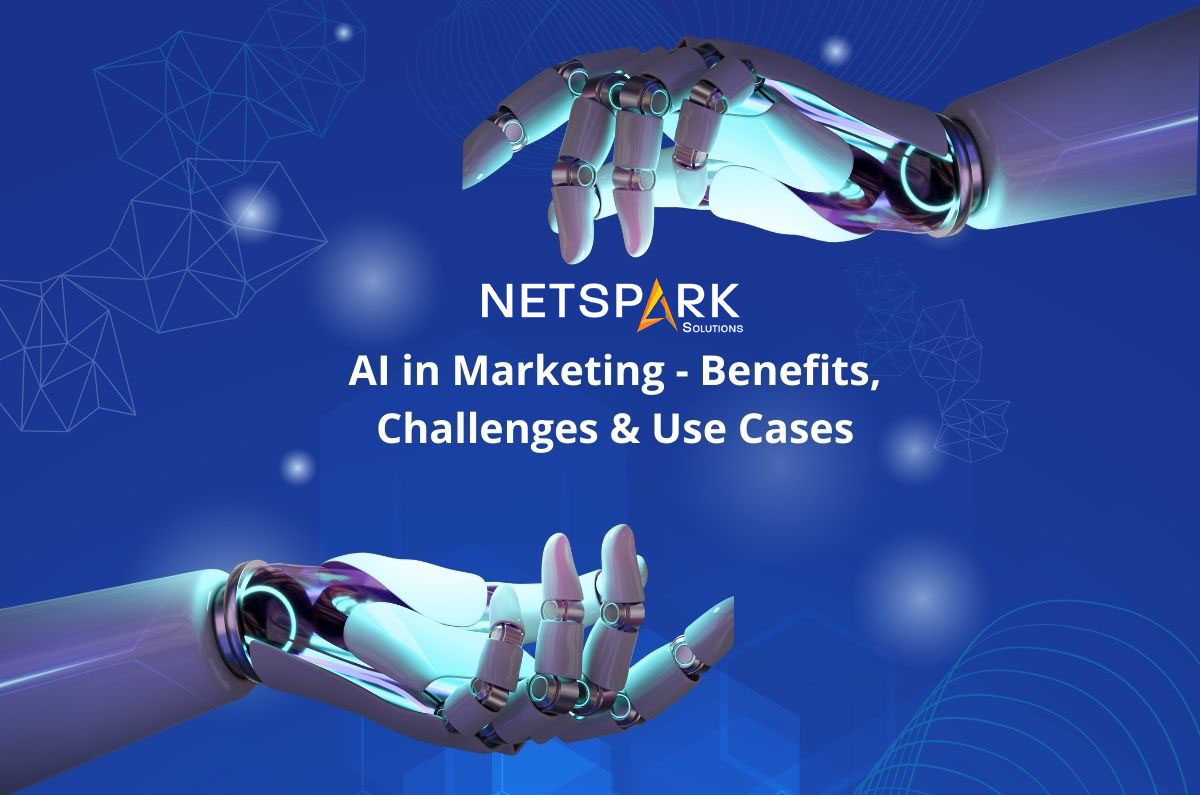How to Build an Online Liquor and Wine Marketplace in 2023
Convenience and comfort have become two important factors in this digital era. Consumers no longer want to walk into physical stores to buy different items. Instead, they prefer online marketplaces that allow them to order the desired products within a few taps on the screen.
This is the reason why food delivery and grocery delivery platforms are growing exponentially. However, there’s another industry that has been benefited by the online delivery model.
Believe it or not, but a wide majority of customers prefer ordering their liquor supplies online. Not only does an online liquor and wine marketplace offer better convenience, it also helps customers avail extra discounts, due to the cost elimination of the middlemen.
Not to mention, an online marketplace for alcoholic beverages can give small-scale sellers to find their customer base and grow their overall revenue.
Today, we have compiled an in-depth guide on how to build and launch your own liquor and wine marketplace to tap into this multi-trillion dollar industry with a robust digital solution.
So, without any further ado, let’s dive in.
A Sneak-Peek Into the Business Model of an Online Liquor and Wine Marketplace
Like any other online marketplace, a liquor and wine ecommerce store has three primary stakeholders.
- Customers
- Sellers
- Admin
The customers start by creating an account with the website and search for the desired product. They can add the selected beverages to their cart and instantly proceed towards the checkout page.
To deliver a seamless shopping experience, your website must offer multi-payment support so that customers can process the order using their preferred payment mode.
For customers, the process is similar to any other digital marketplace. However, things are slightly different for sellers. Since alcohol regulations are different in each state, the admin must verify the seller’s licence and ensure they adhere to the local alcohol guidelines.
To make this verification process more convenient for sellers, your web developers can design a dedicated seller’s panel where they can upload all the necessary details to get their account verified.
When it comes to the delivery model, an online liquor and wine marketplace can follow one of the two (or both) approaches.
- Buy and Pick
- Doorstep Delivery
With the first delivery model, the seller can dispatch the shipment to the customer’s nearest offline store. The consumer can then pick up the order from the store according to their convenience.
In case of doorstep delivery, the customers can stay back and relax as their order will get delivered to their doorstep by a delivery partner.
How do Liquor and Wine Marketplaces Make Money – Understanding Revenue Models?
Now that you are familiar with the basic business model of a liquor and wine marketplace, let’s discuss the revenue models of such an online store.
At the end of the day, your goal with a liquor and wine marketplace is to generate revenue. However, it’s worth understanding that it’ll be crucial to choose the right monetization strategies that align with your business goals and don’t interfere with customer’s shopping experience either.
Here are some of the common revenue models you can use to generate money with your liquor and wine marketplace.
Advertisement:
Advertising is one of the most common revenue models for ecommerce marketplaces. You can partner with advertising agencies or brands and display sponsored ads on your website.
Now, with advertising, you can either charge for each impressions or clicks these ads receive. The key factor that you must remember, however, is to ensure that the displayed ads must not interfere with the shopper’s shopping experience.
Premium Memberships
With premium memberships, you have the liberty to attract repetitive customers and establish a strong customer base.
Keep in mind that if you want to provide premium memberships on your website, you’ll have to offer exclusive features to encourage customers to sign up for the premium program.
Commission
This is the most common revenue model for alcohol delivery platforms. For each sale, you can charge the sellers a small percentage and have a stable income source. Now, the percentage will mainly depend on the overall package cost.
Key Features of a Liquor and Wine Marketplace
In the digital realm, the features you integrate into your online store will eventually make or break your business. Integrating user-centric features will help you engage potential buyers and drive them through your sales funnel.
The features you choose for your liquor and wine marketplace will also give you a competitive advantage in the market. Here are some of the basic features of a liquor delivery marketplace.
1. Multi-Lingual Support
If you want your liquor and wine marketplace to enter the global markets, it’ll be crucial to integrate multi-lingual support. This will ensure customers can access the website in their native language and place orders without any hassle.
2. Inventory Management
Sellers must be able to update the inventory so that customers can check the real-time availability of their preferred drinks.
Your web development team will equip the sellers panel with a dedicated inventory management feature to ensure sellers can easily update the stock and provider shoppers with the latest information regarding product availability.
3. Multi-Payment Support
Cash-on-Delivery has almost become obsolete in this tech savvy era as both sellers and consumers prefer digital payments.
To keep your website’s shopping experience intact, you must offer multi-payment support on your website so that customers can complete the purchase using their preferred digital payment mode. The easiest way to do this is to integrate a secure payment gateway.
4. Shipment Tracking
As soon as the customers place an order, they’ll receive a tracking link that’ll provide them with the real-time location updates of their shipment.
This can be achieved through GPS integration. Both Google Maps and Apple Maps provide their APIs that web developers can directly integrate into their digital solutions (such as digital marketplaces) and let customers track the real-time updates of their packages.
Hiring a Team of Professional Ecommerce Web Developers for Liquor and Wine Marketplace
At this point, we’ve already talked about the business model and the key features you can integrate into your liquor and wine marketplace. Now, the next step is to hire a team of professional web developers who’ll turn your idea into reality. Why professional developers?
Because they have the required technical expertise to build a full-scale marketplace using modern-day development technologies. The idea is to hire developers who have prior experience in ecommerce web development and understand the market inside out.
They’ll help you choose the most suitable ecommerce platform – according to your business objectives – and build a sales-driven liquor and wine marketplace accordingly.
Post-development, the developers will also run your marketplace through multiple test scenarios to validate its functionality. They’ll also provide continuous maintenance support to ensure your liquor store delivers a seamless shopping experience to the customers.
Conclusion
Liquor and wine is a multi-trillion global industry and sellers are always looking forward to growing their sales. With a liquor and wine marketplace, you can provide a platform to these sellers and let them expand their business growth by reaching more customers.
At NetSpark Solutions, we have an in-house team of expert ecommerce developers with expertise in modern-day ecommerce platforms. We’ll analyze your business requirements and devise a customized development plan to launch an engaging online store for your liquor and wine business.

